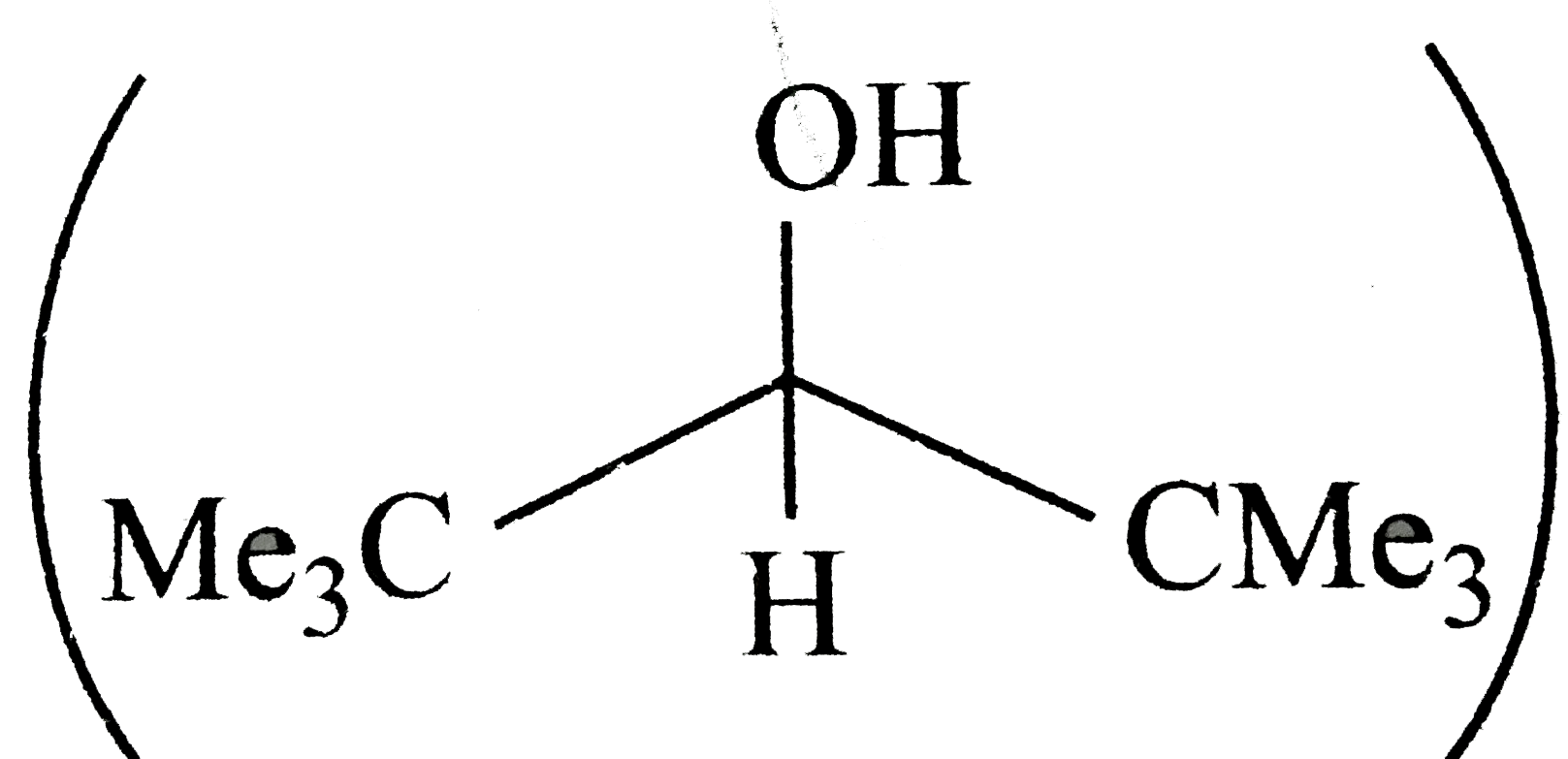Secondary alcohols can be prepared by the reduction of ketones with zinc and hydrochloric acid.–––––––––––––––––––––––––––––
To address the question regarding the preparation of secondary alcohols through the reduction of ketones, let's break down the process step by step.
1. Understanding Ketones:
- Ketones are organic compounds characterized by a carbonyl group (C=O) bonded to two carbon atoms.
- An example of a ketone is acetone (CH3COCH3).
2. Reduction Process:
- Reduction refers to the chemical reaction that involves the gain of electrons or the decrease in oxidation state by a molecule.
- In the case of ketones, reduction converts the carbonyl group into a hydroxyl group (-OH), resulting in the formation of alcohols.
3. Choosing the Reducing Agent:
- The question mentions zinc and hydrochloric acid as a reducing agent. However, this combination is not suitable for the reduction of ketones to secondary alcohols.
- A more appropriate reducing agent for this purpose is sodium borohydride (NaBH4), which is a mild reducing agent.
4. Reaction Example:
- When acetone (a ketone) is treated with sodium borohydride, the reaction proceeds as follows:
- CH3COCH3 + NaBH4 → CH3CHOHCH3 (2-propanol, a secondary alcohol)
- This reaction demonstrates the conversion of the ketone to a secondary alcohol.
5. Conclusion:
- Therefore, secondary alcohols can be prepared by the reduction of ketones using a mild reducing agent like sodium borohydride, not zinc and hydrochloric acid.
Final Answer:
Secondary alcohols can be prepared by the reduction of ketones using sodium borohydride (NaBH4), not zinc and hydrochloric acid.
---
- Ketones are organic compounds characterized by a carbonyl group (C=O) bonded to two carbon atoms.
- An example of a ketone is acetone (CH3COCH3).
- Reduction refers to the chemical reaction that involves the gain of electrons or the decrease in oxidation state by a molecule.
- In the case of ketones, reduction converts the carbonyl group into a hydroxyl group (-OH), resulting in the formation of alcohols.
- The question mentions zinc and hydrochloric acid as a reducing agent. However, this combination is not suitable for the reduction of ketones to secondary alcohols.
- A more appropriate reducing agent for this purpose is sodium borohydride (NaBH4), which is a mild reducing agent.
- When acetone (a ketone) is treated with sodium borohydride, the reaction proceeds as follows:
- CH3COCH3 + NaBH4 → CH3CHOHCH3 (2-propanol, a secondary alcohol)
- This reaction demonstrates the conversion of the ketone to a secondary alcohol.
- Therefore, secondary alcohols can be prepared by the reduction of ketones using a mild reducing agent like sodium borohydride, not zinc and hydrochloric acid.
Secondary alcohols can be prepared by the reduction of ketones using sodium borohydride (NaBH4), not zinc and hydrochloric acid.
Topper's Solved these Questions
- BOOK - ICSECHAPTER - ALCOHOLS, PHENOLS AND ETHERS EXERCISE - EXERCISE (PART-II Descriptive Questions) (VERY SHORT ANSWER QUESTIONS)104videos
ALCOHOLS, PHENOLS AND ETHERS
- BOOK - ICSECHAPTER - ALCOHOLS, PHENOLS AND ETHERS EXERCISE - EXERCISE (PART-II Descriptive Questions) (SHORT ANSWER QUESTIONS)116videos
ALCOHOLS, PHENOLS AND ETHERS
- BOOK - ICSECHAPTER - ALCOHOLS, PHENOLS AND ETHERS EXERCISE - EXERCISE (PART-I Objective Questions) (Choose the correct alternative)52videos
ALCOHOLS, PHENOLS AND ETHERS
- BOOK - ICSECHAPTER - ALCOHOLS , PHENOLS AND ETHERS EXERCISE - SOURCE BASED QUESTIONS4videos
ALCOHOLS , PHENOLS AND ETHERS
- BOOK - ICSECHAPTER - ALDEHYDES, KETONES AND CARBOXYLIC ACIDSEXERCISE - EXERCISE (PART-II DESCRIPTIVE QUESTIONS) ( LONG ANSWER QUESTIONS)478videos
ALDEHYDES, KETONES AND CARBOXYLIC ACIDS
Similar Questions
Knowledge Check
- Question 1 - Select One
Polyvinyl alcohol can be prepared by
Apolymerization of vinyl alcoholBalkaline hydrolysis of polyvinyl acetateCpolymerization of acetyleneDreaction of acetylene with H2SO4 in presence of HgSO4 - Question 2 - Select One
Tertiary butyl alcohol can be prepared by the reaction of
Aacetadehyde and ethyl magnesium iodideBacetone and methyl magnesium iodideCformaldehyde and propyl magnesium iodideDbutanone and methyl magnesium iodide. - Question 3 - Select One or More
Acid anhydride can be prepared by :
AC6H5COOH+CH3COClpyridine−−−−→BC6H5COO−Na++C6H5COCl→CC6H5CONH2+CH3COO−Na+→D
Write the reaction between zinc hydroxide and dilute hydrochloric acid
View SolutionWhat happens when chloroform is treated with zinc and hydrochloric acid ?
View SolutionTeritary alcohols can be prepared using R mg X with :
View SolutionA 3∘ alcohol
 can be obtained by the reaction of ketone (di-isopropyl ketone) and.View Solution
can be obtained by the reaction of ketone (di-isopropyl ketone) and.View SolutionWrite balanced equation for the reaction of zinc and dilute hydrochloric acid.
View Solution


 can be obtained by the reaction of di-t-butyl ketone and
can be obtained by the reaction of di-t-butyl ketone and